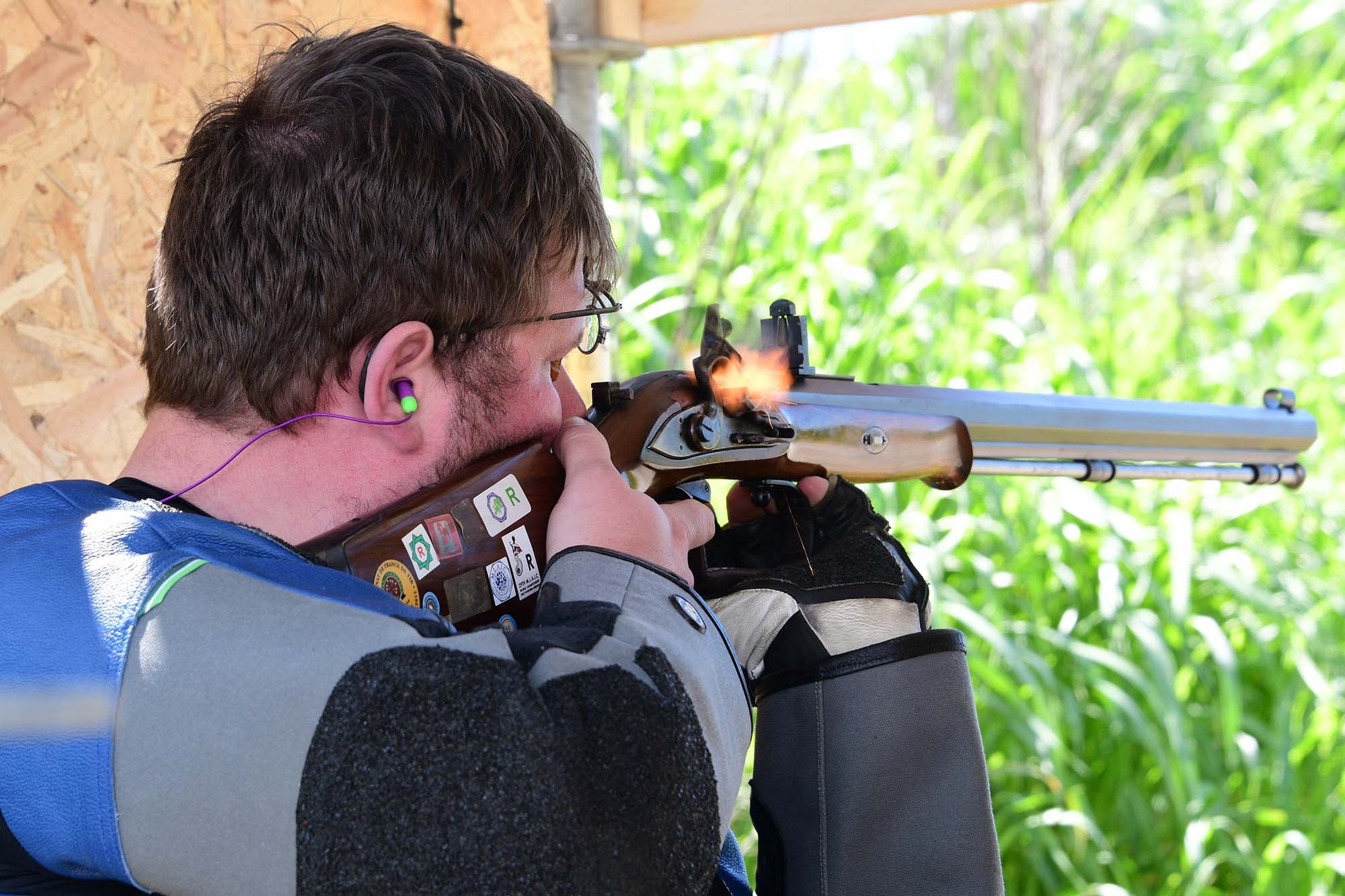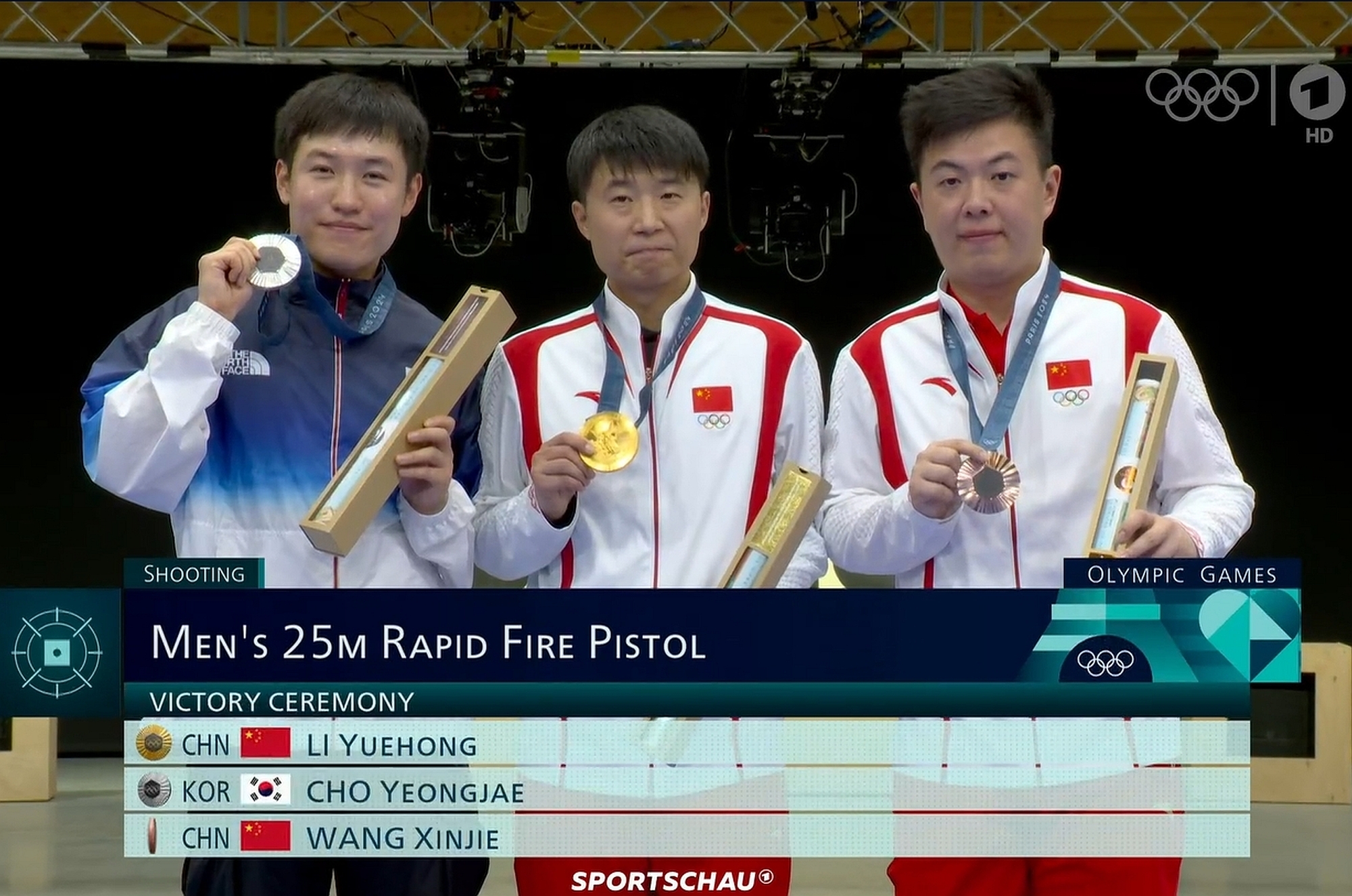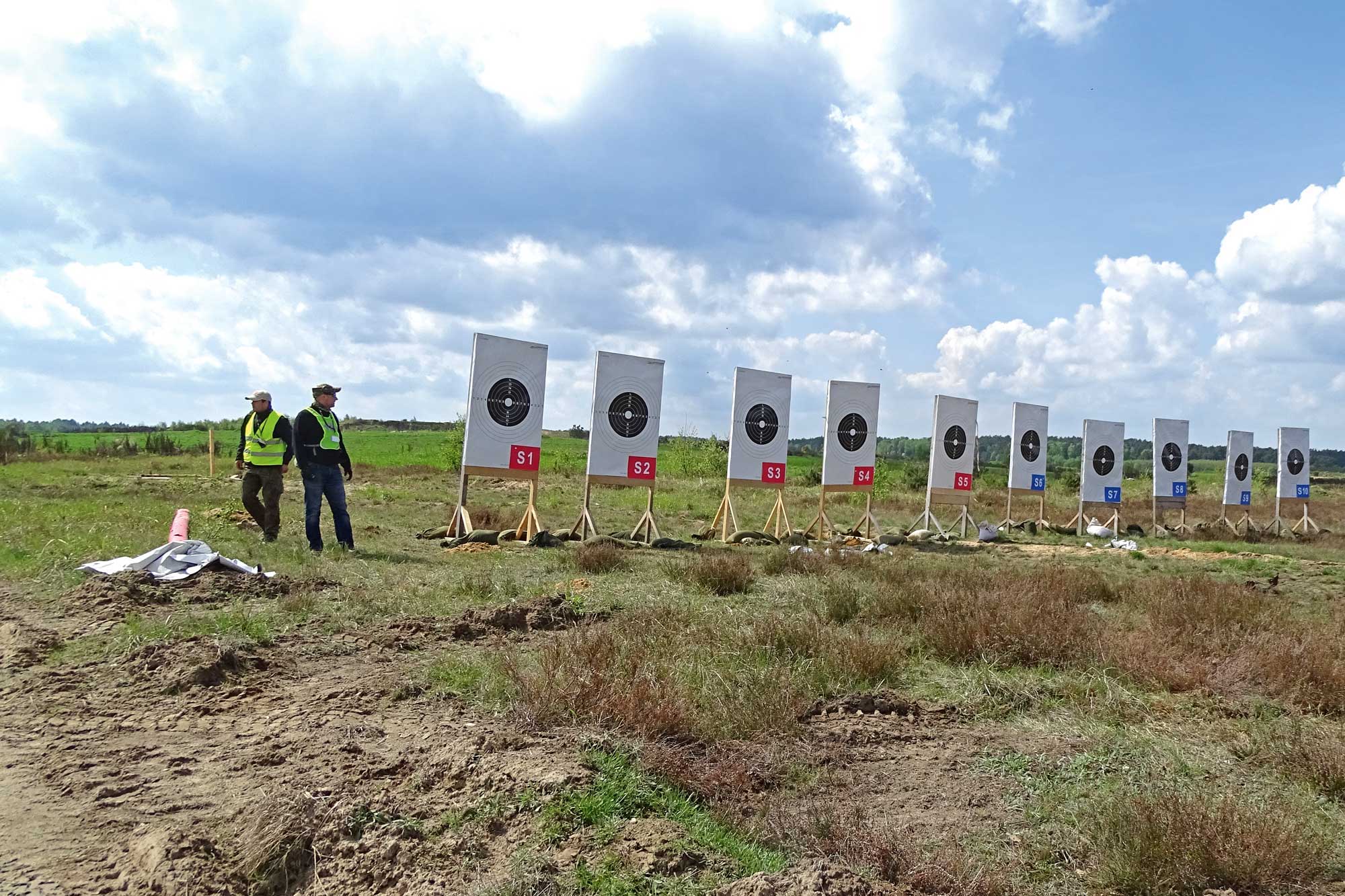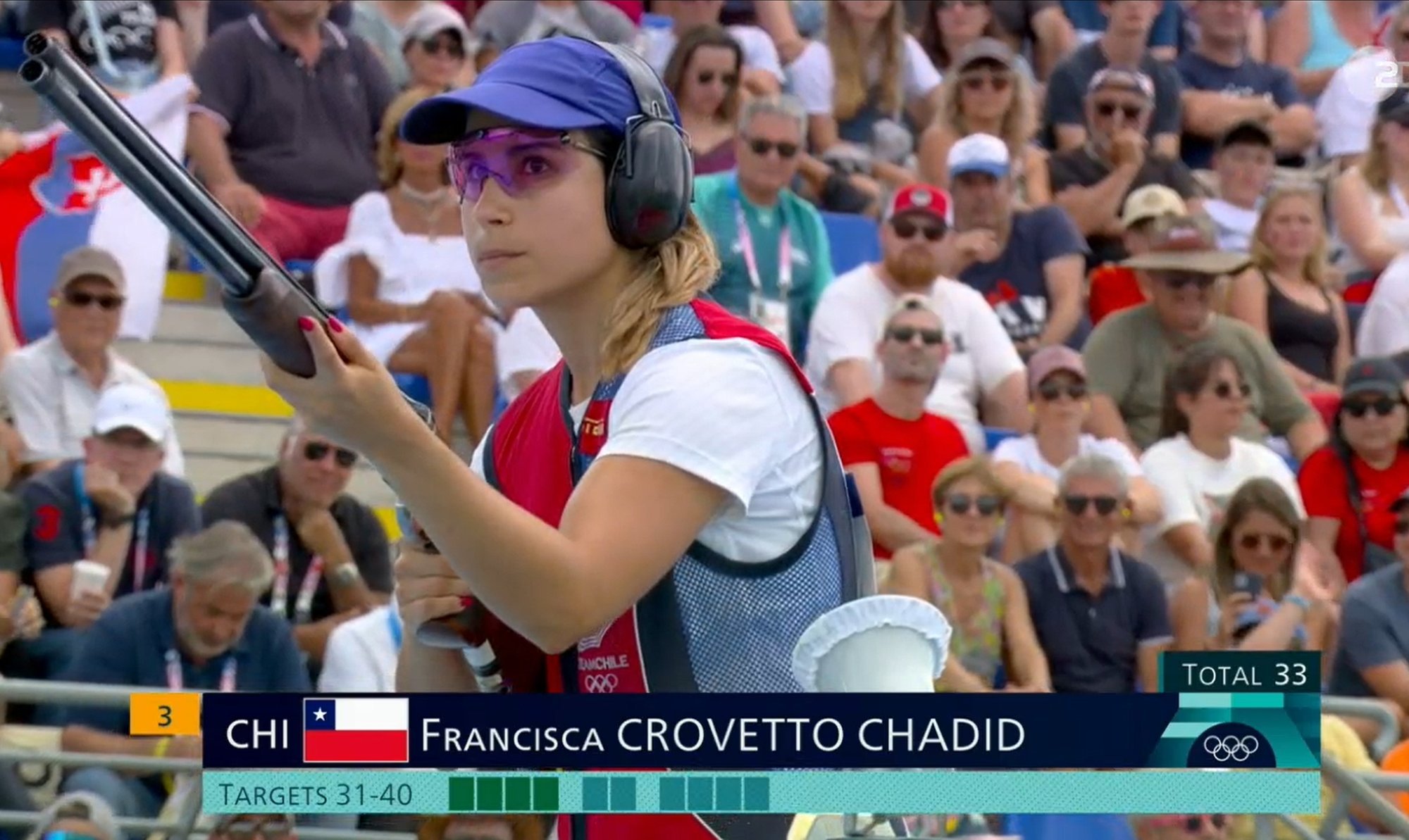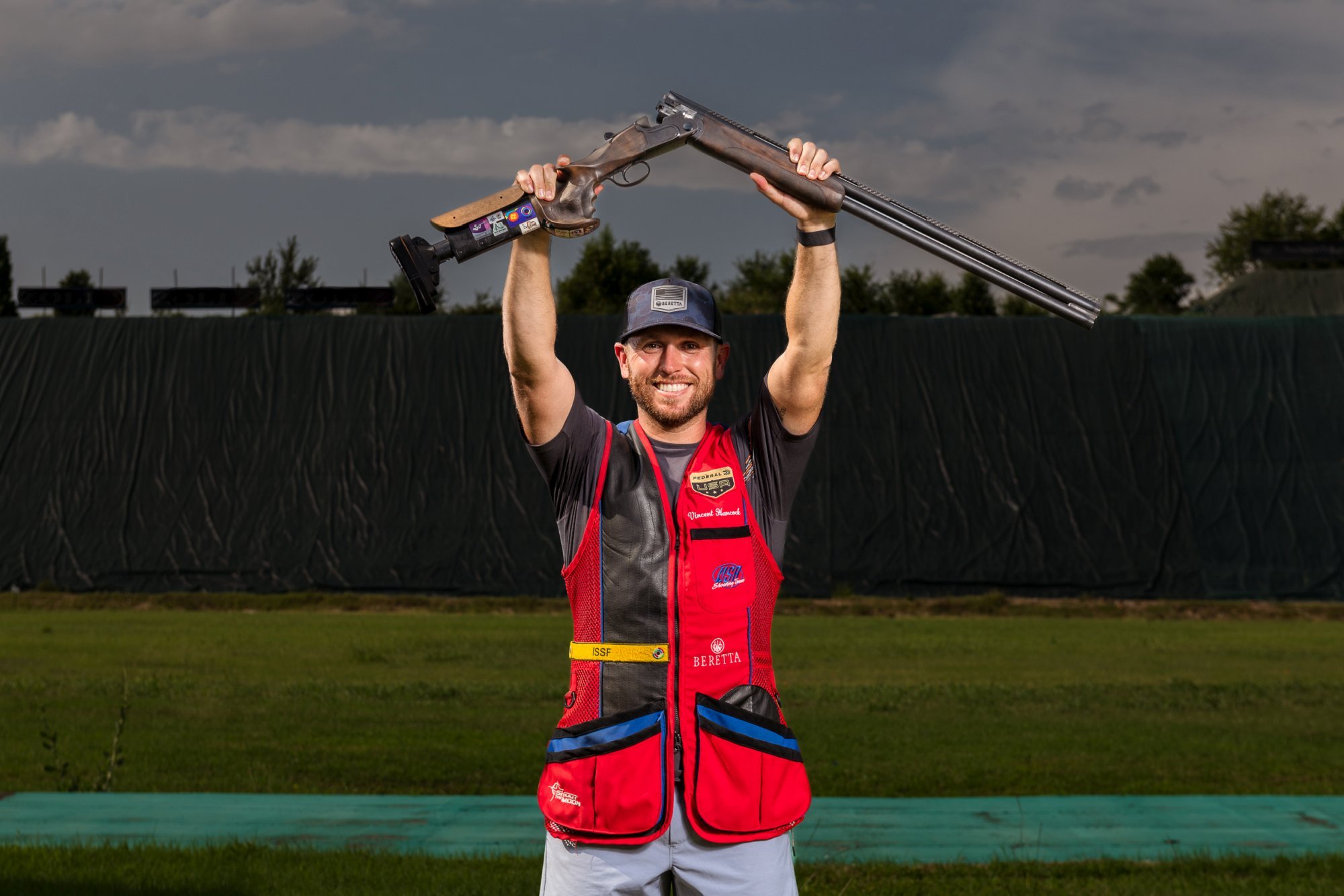Just a few days to the starting shot of the IPSC EHC in Corinth, but it is advisable to start with the preparations now. This much in advance: the article is limited to air travel in Europe and serves only as a guide, but can of course also be applied to our hunter friends.
Traveling with sporting guns and ammunition – Choosing the airline
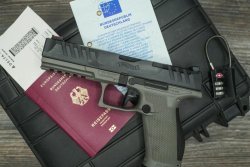
First, there is the question of all questions: which airline is actually the right one? There are numerous providers, but finding and booking a flight on comparison sites? Not so easy. Because every airline follows its own terms and conditions and not every one allows you to take firearms with you. Therefore, it is advisable to first take a look at the terms and conditions of the airline of choice. The terms and conditions quickly reveal whether firearms are allowed on board (not in the passenger cabin, of course). Only when it is certain that the airline allows firearms to be taken on board can the flight be booked. After the flight is booked, the sporting equipment must be registered. Again, there are different procedures that vary by airline. Often, however, you have to contact the service hotline of the airline to register the carriage of firearms and ammunition according to the respective specifications. The authors' experience has shown that even if you call the same airline several times, you will receive different statements from the respective service staff. But be forgiving – apparently it does not happen so often that someone wants to travel with a gun.
Travel preparation for sport shooters (and hunters): the right containers – for example from Hornady or MTM Case Gard
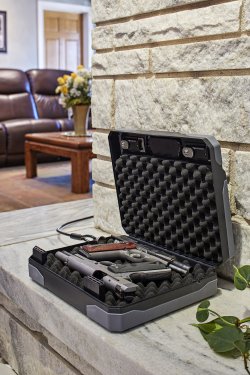
Before starting the trip, there are some things to consider, some of which take some time. Early preparation is recommended. For example, when traveling within the EU, it is advisable to apply for the European Firearms Pass, if it is not already available. For air travel, the following applies: firarms and ammunition must be stored and transported in separate containers. The best way to transport guns is in a high-quality hard case, such as the Treklite Lock Box XXL from Hornady. It is wonderfully suited for up to two handguns and is also equipped with a TSA combination lock. Another manufacturer worth mentioning is MTM-Case Gard. Their products range from ammunition cases and pistol cases to long gun cases at affordable prices. Alternatively, however, there are numerous other manufacturers of various containers suitable for transporting guns and ammunition that can be locked separately with a TSA lock.
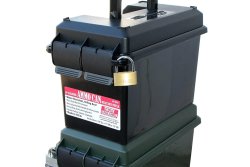
We also recommend early procurement of spare parts. Particularly abroad, it is often the case that parts are not available or are only available with great difficulty. Special accessories such as thumb rests, triggers or screws for optic mounting, grips or holsters should be procured as early as possible. A small tool box from the hardware store is good for sorting the appropriate spare parts and stowing them in the case. As a side note, some airlines allow ammunition to be carried in a separate container inside the regular suitcase. In some cases, if no ammunition is being carried, the firearm can also be packed in a locked container inside the case.
Day of the flight with sports firearms: rough process from online check-in to baggage check-in and baggage pickup at destination
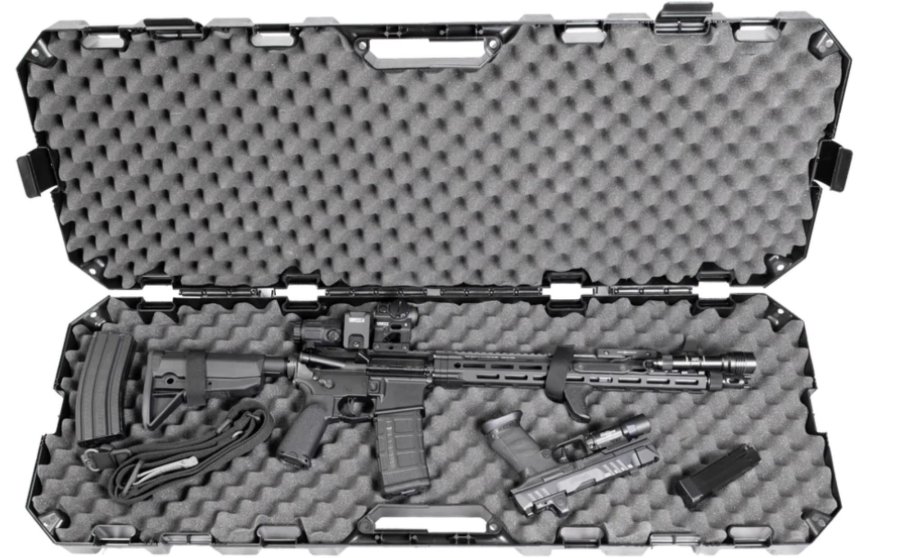
Now the time has finally come – the day of the journey is approaching. But what is the actual procedure? First, you check in for the flight in the regular way. This can now often be done online in advance using the online check-in function. At some airports, you then hand in your firarms and luggage at a so-called sports and special luggage counter. There, the maximum permitted amount of ammunition (5 kg) is checked and the police compare the firarm serials with the gun ownership documents. After clearance, you will go through the regular security check. But beware: an examination for gunshot residue and explosives is carried out there. To save yourself time and nerves, we recommend that you do not keep any shooting accessories in your hand luggage and that you do not use a range bag as hand luggage. After completing the security check, the flight and arrival at the destination takes place. Depending on the place of arrival, the firearms and luggage can be collected again at the special counter after checking the personal data. Attention: depending on the destination, there can be deviations here and it often happens in certain countries that the firearms end up with the luggage on the regular baggage carousel. We recommend to stow a GPS tag in your bag. This simplifies the search for the location of the special cargo.
We are already looking forward to starting our journey to Corinth and to be able to report on further experiences of the upcoming IPSC European Handgun Championship 2023.



